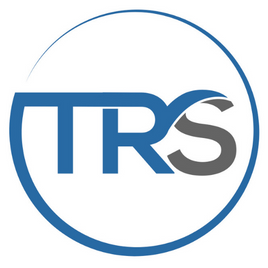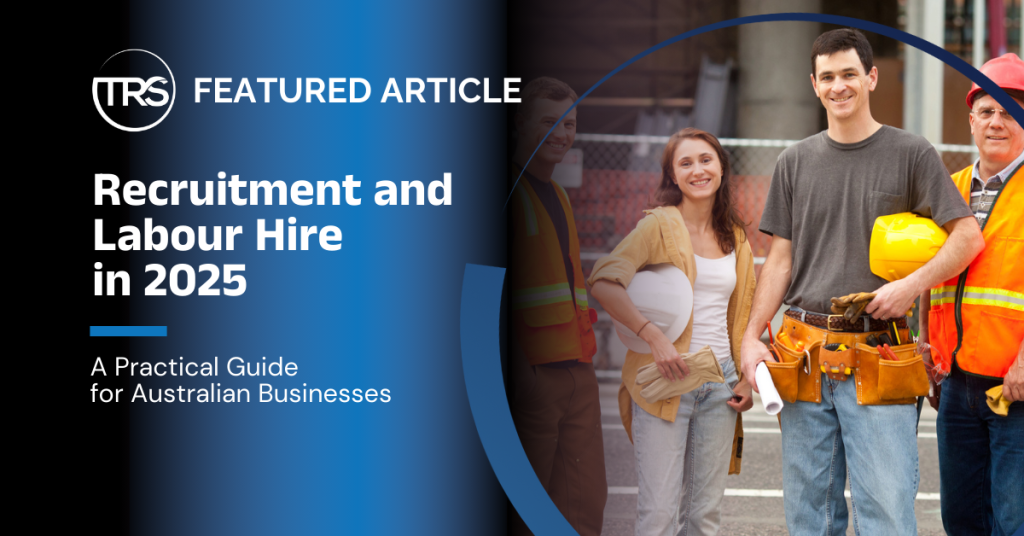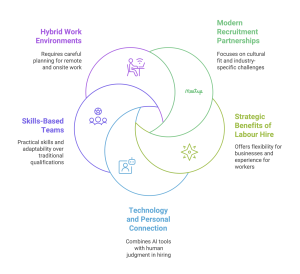Recruitment and Labour Hire in 2025: A Practical Guide for Australian Businesses
The Australian job market in 2025 has brought new opportunities and challenges for employers and job seekers. Here’s what you should know about recruitment and labour hire to make informed decisions for your business or career. Understanding Modern Recruitment Partnerships Recruitment has become more than just matching skills to job descriptions. The best recruitment processes…
The Australian job market in 2025 has brought new opportunities and challenges for employers and job seekers. Here’s what you should know about recruitment and labour hire to make informed decisions for your business or career.
Understanding Modern Recruitment Partnerships
Recruitment has become more than just matching skills to job descriptions. The best recruitment processes now focus on understanding company culture, work style preferences, and long-term career goals. When choosing a recruitment partner, look for those who take the time to understand your industry’s specific challenges. Manufacturing and logistics companies, for example, often need specialised knowledge to find candidates with the right technical skills, qualifications, and safety awareness.
 The Strategic Benefits of Labour Hire
The Strategic Benefits of Labour Hire
Labour hire offers practical solutions for businesses dealing with varying workloads. Construction companies can quickly scale up for major projects without long-term commitments. Warehouse operations can handle seasonal fluctuations without overstretching their permanent workforce. For workers, labour hire positions can provide valuable industry experience and potentially lead to permanent roles. Before choosing labour hire, consider project duration, skill requirements, and team integration needs.
Balancing Technology and Personal Connection in Hiring
While AI tools help screen CVs and schedule interviews, successful recruitment still relies on human judgment. Video interviews, skills assessments, digital CVs, and LinkedIn have become standard practice. However, these tools work best when combined with personal conversations about career goals, work preferences, and team dynamics. Consider using technology to handle administrative tasks while reserving human interaction to evaluate cultural fit and soft skills.
Building Skills-Based Teams
Traditional qualifications matter less now than practical abilities and adaptability. When hiring, focus on candidates who can demonstrate their skills through real-world examples and project experience. Consider creating skills assessments that reflect actual job tasks. This approach helps identify capable candidates who might have developed their expertise through non-traditional paths, such as self-taught programmers or trades workers who learned through apprenticeships.
Creating Successful Hybrid Work Environments
Hybrid work arrangements require careful planning to succeed. Key considerations include:
- Setting clear expectations about onsite vs remote workdays
- Establishing communication protocols that work for both in-office and remote team members
- Providing the right technology tools for effective collaboration
- Creating opportunities for team bonding regardless of work location
- Measuring performance based on outcomes rather than presence
Success in today’s job market comes from understanding these key recruitment and labour hire aspects. Whether building teams or seeking opportunities, staying informed about these trends helps make better employment decisions.
Recruitment and Labour Hire in 2025: A Practical Guide for Australian Businesses
Original Article Revised:
Invoice Factoring and Recruitment Agencies: Sustainable Growth
Other Recruitment related articles by TRS
Mastering Recruitment: Streamlining Your Hiring Processes for Success


